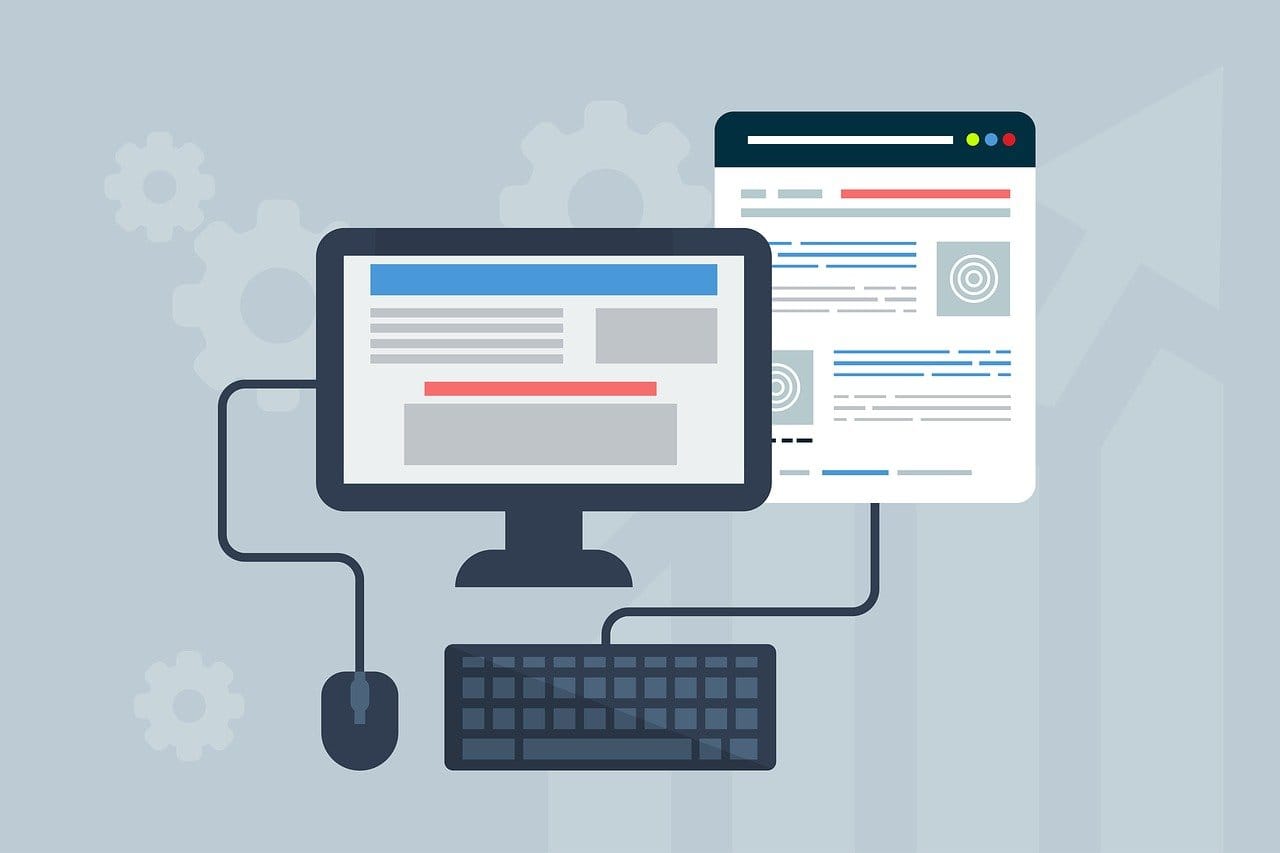Landing Page Design

In today's digital age, a well-crafted landing page can be the difference between converting visitors into customers and losing potential leads. The design of your landing page is crucial in capturing attention, conveying value, and driving action. This post delves into the elements that make an effective landing page, offering insights and best practices to help you optimize your online presence.
The Importance of a Strong Landing Page
A landing page is often the first interaction a user has with your brand. It serves as a gateway to your offerings, whether it's a product, service, or content download. A compelling landing page not only attracts visitors but also guides them towards taking specific actions like signing up for a newsletter or making a purchase.
Key Elements of Effective Landing Page Design
1. Clear and Compelling Headline
Your headline is the first thing visitors see when they land on your page. It should be clear, concise, and convey the primary benefit of what you're offering. A strong headline grabs attention and sets the tone for the rest of the content.
2. Engaging Visuals
Visual elements such as images, videos, and graphics play a significant role in capturing interest and illustrating your message. High-quality visuals can enhance understanding and retention while making your page more appealing.
3. Concise Copy
The text on your landing page should be straightforward and focused on highlighting key benefits. Avoid jargon and long-winded explanations; instead, use bullet points or short paragraphs to convey essential information efficiently.
4. Strong Call-to-Action (CTA)
A CTA prompts users to take the desired action on your site. Whether it's "Buy Now," "Sign Up," or "Learn More," ensure that your CTA stands out visually and uses action-oriented language that encourages clicks.
5. Trust Indicators
Building trust with visitors is crucial for conversions. Include testimonials, reviews, case studies, or logos of well-known clients to establish credibility and reassure potential customers about their decision.
Best Practices for Designing Your Landing Page
Simplicity is Key
Overloading a landing page with too much information or too many elements can overwhelm visitors. Keep it simple by focusing on one primary objective per landing page to avoid distractions.
Mobile Optimization
With an increasing number of users accessing websites via mobile devices, ensure that your landing pages are mobile-friendly. Responsive design ensures that all elements look good and function correctly across different screen sizes.
Fast Loading Speed
Page loading speed significantly impacts user experience and conversion rates. Optimize images, leverage browser caching, and minimize code to improve load times.
Testing Your Landing Page
To maximize effectiveness, continuously test various aspects of your landing page through A/B testing:
- Headlines: Experiment with different headlines to see which one resonates most with your audience.
- CTAs: Test variations in wording, color, size, and placement.
- Visuals: Compare different images or videos to determine which ones drive more engagement.
- Layout: Try different layouts to find the most intuitive arrangement for guiding users toward conversion.
Conclusion
A well-designed landing page is pivotal in transforming casual browsers into committed customers. By focusing on clear messaging, engaging visuals, simplicity in design, mobile optimization, fast loading speeds, trust indicators, and continuous testing through A/B methods – you can create highly effective landing pages that drive results for your business.Investing time in perfecting these elements will pay off by increasing conversions and enhancing the overall user experience on your site.
Where to begin?
It all starts with a phone call. The options and possibilities with landing pages are endless. We need to determine your end-game goals. What is your target market (local, national, global)?

